Our History
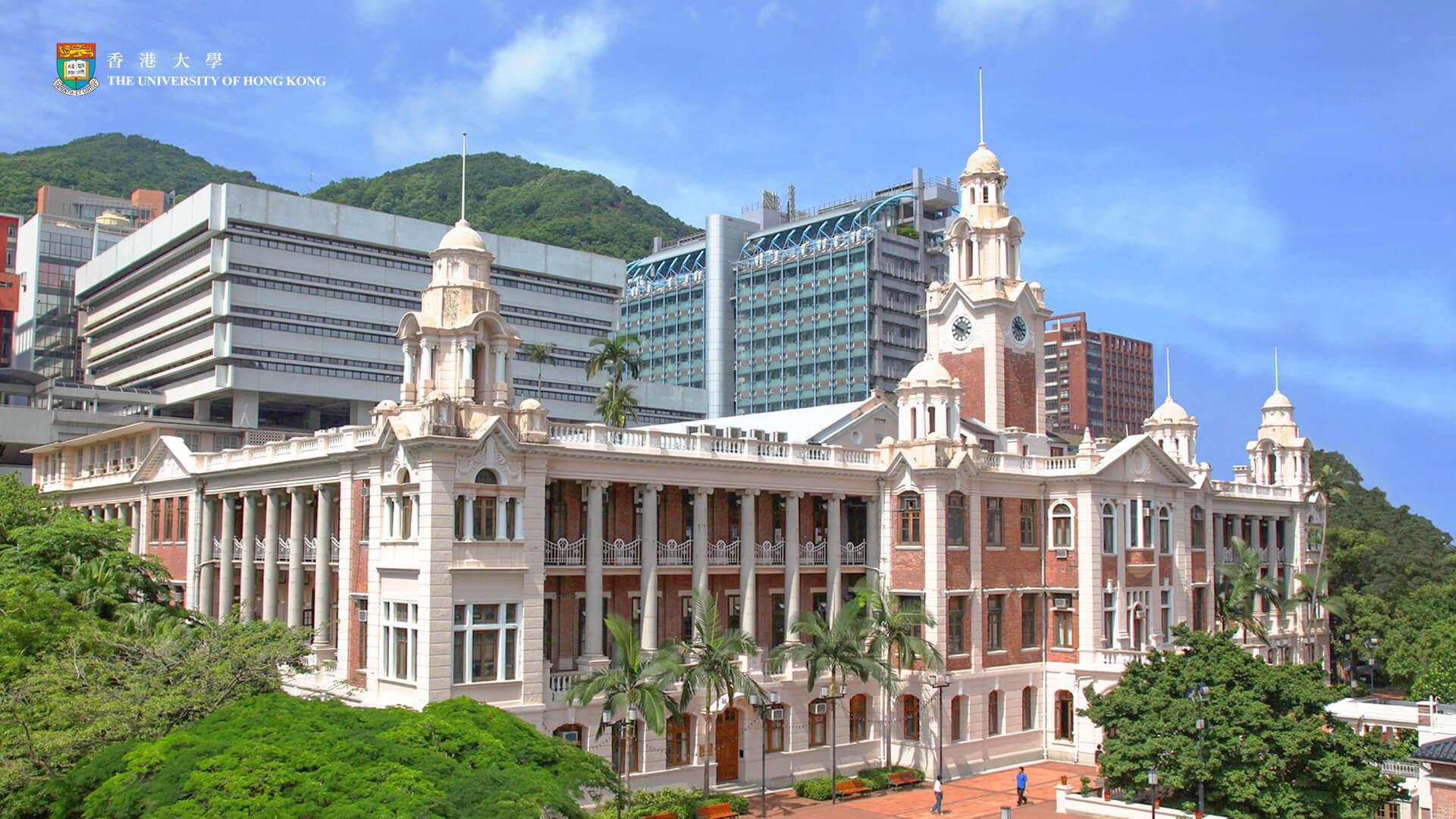
The Faculty of Engineering was one of the founding faculties of The University of Hong Kong
The first academic appointee of the University was the Dean of Engineering Prof. C.A. Middleton Smith in 1912, who was a Mechanical Engineer by qualification (MIMechE), and held the title of Taikoo Professor until his retirement in 1939. In the pre-war years from 1913 onwards, Departments of Civil, Mechanical and Electrical Engineering were recognized in terms of resourcing, and B. Sc. Eng. Degree programmes in these disciplines were offered (Fig. 1). The Departments in that era were very small and each was headed by a Professor, with a small staff consisting of a few Lecturers and Demonstrators. From 1913 to 1920, Civil and Mechanical were one combined Department under the leadership of Prof. Middleton Smith, and from 1920 with the appointment of Prof. F.A. Redmond as Professor of Civil Engineering, individual Departments of Mechanical and Civil Engineering began to exist together with Electrical Engineering, with Mechanical Engineering continued to be under Prof. Middleton Smith. Although most students opted for Civil Engineering because more jobs were available in this area, due to Prof. Smith’s background, the Faculty’s earliest scholarly works were mostly on Mechanical Engineering.
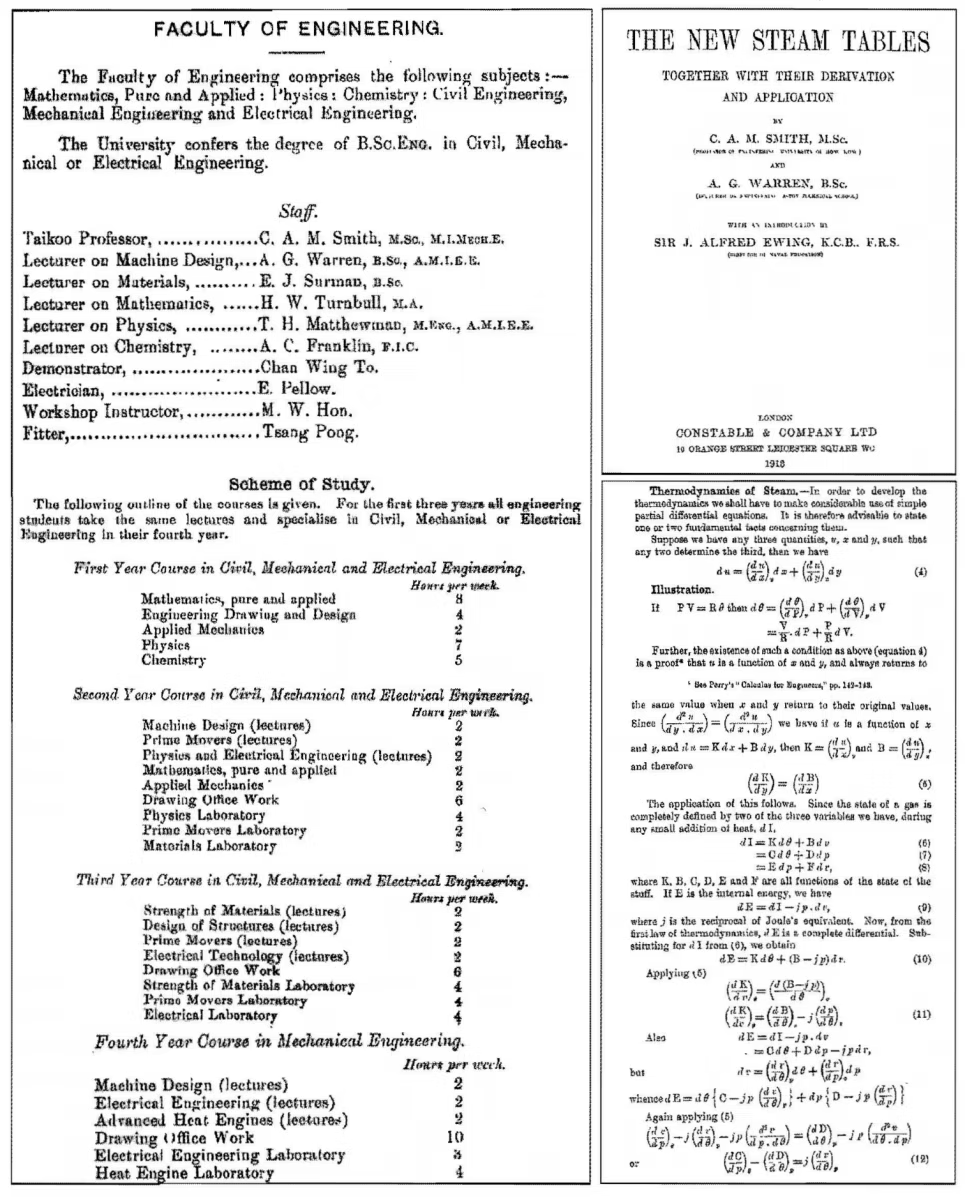
Figure 1 – (Left) Extracts of “Details concerning the Faculty of Engineering”, C.A.M. Smith, 1913, showing the earliest staff of the Faculty of Engineering and the Mechanical Engineering programme structure. (Right) Extracts from “The New Steam Tables: Together with their Derivation and Application”, published in 1913. Note that Prof. Smith used University of Hong Kong as his affiliation.
In 1913, just a year after his arrival, Prof. Smith published an academic volume titled “The New Steam Tables: Together with their Derivation and Application” with Mr. A.G. Warren who was soon to join HKU as Lecturer on Machine Design and later became Professor of Electrical Engineering in 1914 and Dean of Engineering in 1919 (Fig. 1). This is likely the Faculty’s first scholarly output as well as the University’s. During his subsequent tenure at HKU, Prof. Smith continued to publish on topics including suction gas plants, theory of prime movers and mechanical testing of timber. The initial Engineering Laboratories in the 1910’s were in the basement of the Main Building and two nearby buildings which housed the Heat Engine and Hydraulics Laboratories (Figs. 2-4).
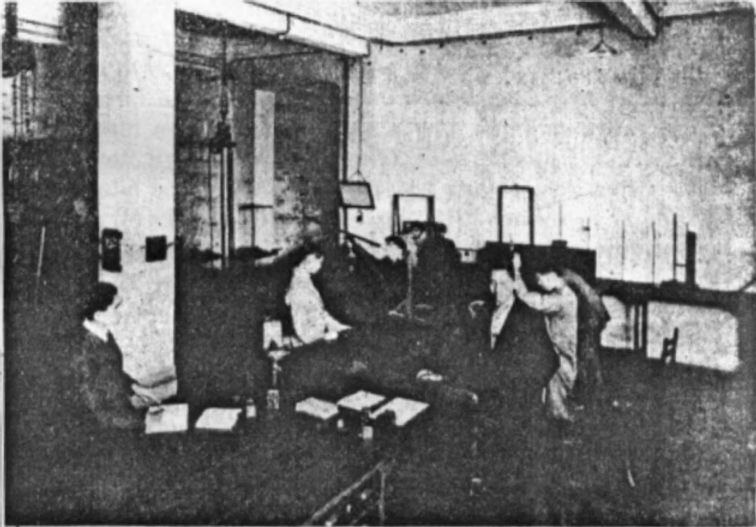
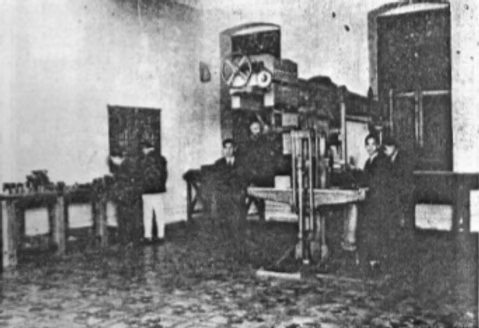
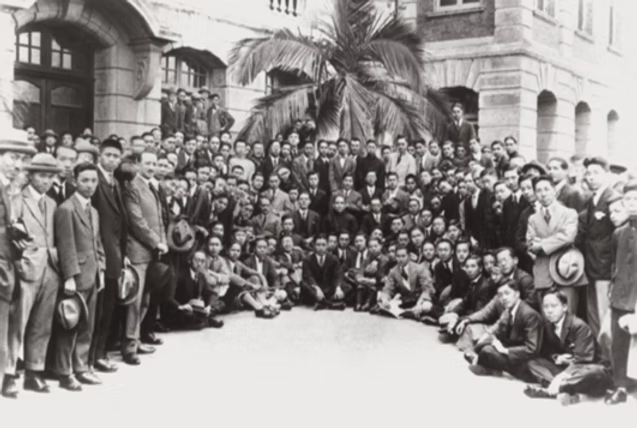
Figure 2 – The Strength of Materials (top left) and Applied Mechanics (top right) Laboratories in the basement of the Main Building, c.a. 1922. These rooms are occupied by the Staff Association nowadays, and the same floor tiles can still be found on the corridors of the north part of today's Main Building. Immediately outside these rooms was a popular photography spot in the pre-war years, including the well-known photo shooting of Dr. Sun Yat Sen's visit of the University in 1923 (bottom). In this picture, the group of students at the back were standing on a windowsill of the Strength of Materials Laboratory.
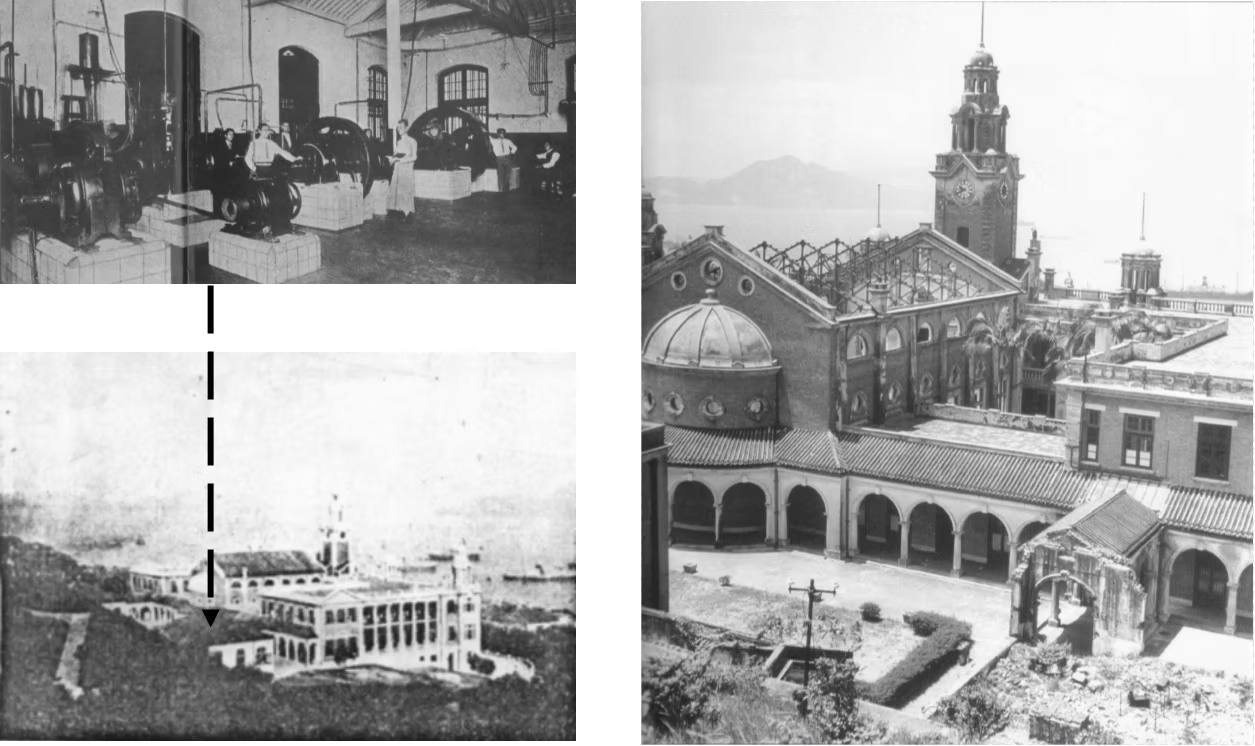
Figure 3 – (Left) The Heat Engine Laboratory in c.a. 1917, in an annexe at the back of the Main Building before its southward expansion after the war. This laboratory also served as the power station of the University in its early days, and Engineering students took turn to man the generators as part of their course work. (Right) The same area was completely demolished, and the Great Hall in the Main Building looted to roofless, during the war (c.a. 1945).
By the 1920’s, these laboratories had become overcrowded and the noise during laboratory work was a great nuisance to the rest of the University. As a result, funds were raised to erect two new buildings along the north side of Pokfulam Road next to the present Belcher’s Garden, namely, the Ho Tung Engineering Workshop (Fig. 5) opened in 1925, and the Peel Engineering Laboratory (Fig. 6) opened in 1934. These were well-equipped with practical training facilities for students especially in the Mechanical and Electrical Engineering disciplines. For this reason, the B. Sc. Eng. programmes in Mechanical Engineering and Electrical Engineering were given full accreditation by the IMechE and IEE in the 1930’s. It is thought that Prof. Smith’s MIMechE qualification, as well as the MIEE qualification of other Faculty members such as Prof. A.G. Warren and Prof. M.H. Roffey, might also have been instrumental. In the pre-war era, no ICE or IStructE qualifications could be noted on the staff list of the Faculty, and the programme in Civil Engineering was not on the accredited list of these two U.K. institutions.
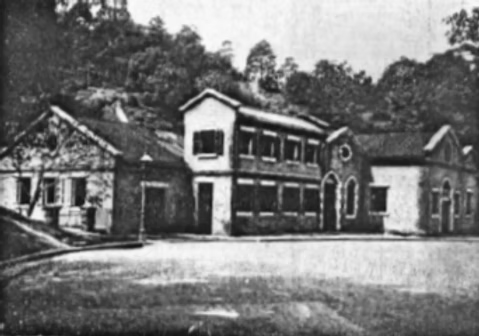

Figure 4 – The Steam and Hydraulics Laboratories in c.a. 1922, located at the site of the current East Gate exit of the University just next to the Fung Ping Shan Museum. This building was demolished during the Japanese Occupation.
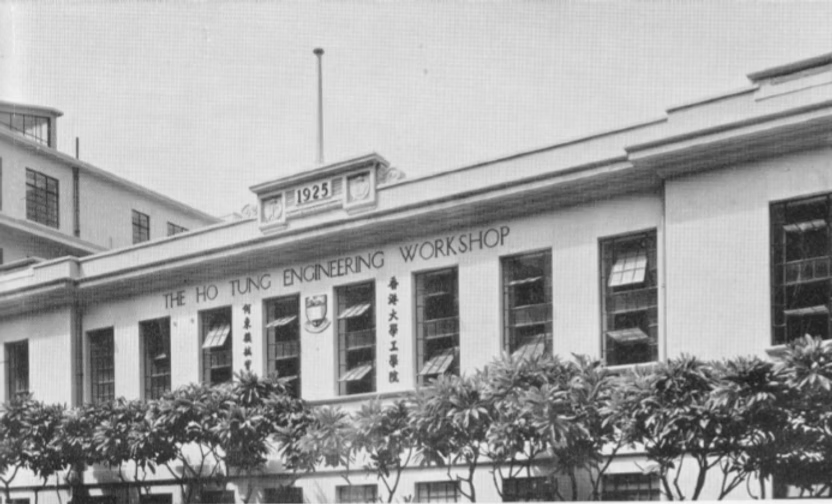
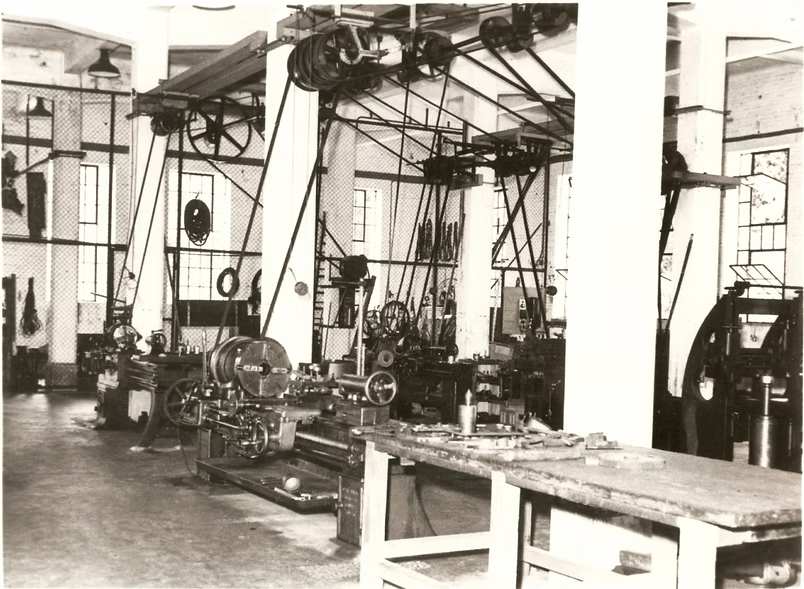
Figure 5 – Ho Tung Engineering Workshop opened in 1925, and the equipment inside (c.a. 1960)
Despite the recognized status of the Mechanical and Electrical Engineering courses, job availability for graduates of these two programmes was dwindling in the 1930’s, and in a University Report in 1937, the closure of these two programmes was recommended, although no actual action was taken before the outbreak of war. With the retirement of Prof. Middleton Smith in 1939, Mechanical Engineering lost its leadership by an influential Professor, and the teaching of Mechanical Engineering subjects fell on the shoulders of only two full-time Lecturers.
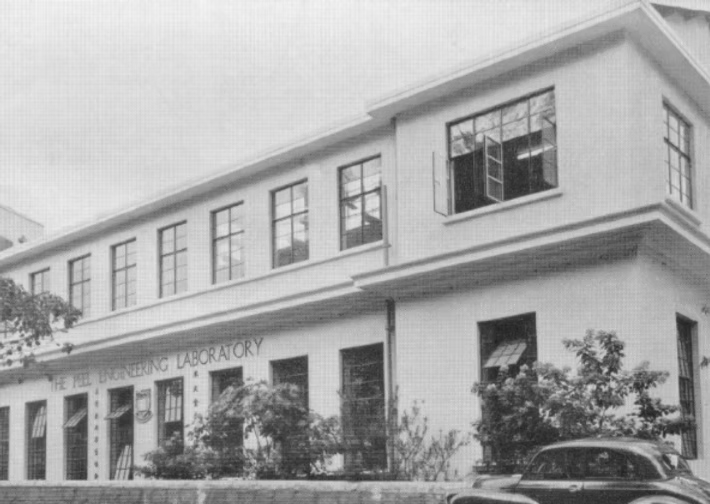
Figure 6 – Peel Engineering Laboratory opened in 1934 (c.a. 1960)
The Japanese invasion of Hong Kong in December 1941 brought an entire halt of the University as well as the Faculty. The Engineering equipment and laboratory records were seized by the Japanese, and the Steam and Hydraulics Building and the Heat Engine Laboratory were completely demolished (Fig. 3). When the University re-opened in 1946, on the recommendation of a 1945 Cox Committee which took into consideration of the 1937 University Report, the programmes in Mechanical Engineering and Electrical Engineering were not revived, and only a combined Faculty of Civil Engineering and Architecture was formed to help rebuild Hong Kong’s infrastructure. This was housed in a new Duncan Sloss building erected between the Ho Tung Workshop and the Peel Engineering Laboratory which survived the war (Fig. 7), and by this time, Engineering relinquished all its space in the Main Building.
Due to instability of staffing, this combined Faculty struggled to maintain standard, and the first half of the 1950’s saw discussions on whether Engineering at the University should continue to exist or not. A Gifford-Hull Committee in 1954 recommended that the Civil Engineering programme should seek accreditation from the ICE, and Mechanical and Electrical Engineering should be reinstated. These proposals were initially questioned by the Government based on funding considerations versus employment opportunities of the graduates, but a subsequent report by a Kadoorie Committee in 1958 convinced the Government that there were enough jobs for Mechanical and Electrical Engineering graduates, provided that the programmes were accredited by the corresponding institutions. As a result, the Departments of Mechanical and Electrical Engineering were reinstated in 1960.
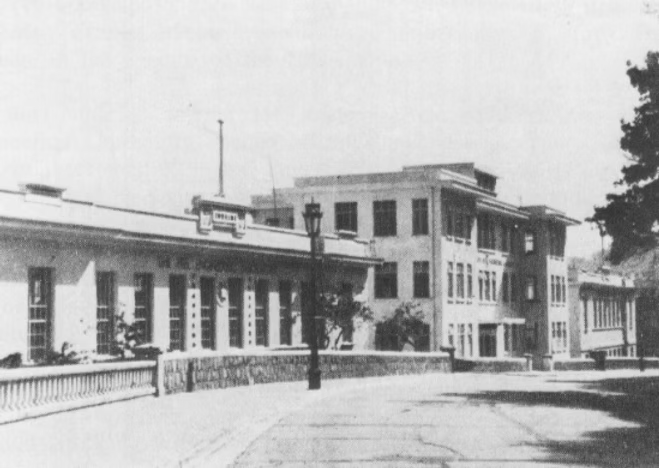
Figure 7 – Post-war Engineering complex on Pokfulam Road: Peel Engineering Laboratory (left), Duncan Sloss School (middle), and Ho Tung Workshop (far right) in c.a. 1950. These buildings were vacated in the 1980's when Engineering moved to the present Haking Wong Building, and were demolished in the 1990's to give way to the construction of the present fly-over which connects to the west entrance of the University.
From 1960 to 1967, the Headship of the revived Department of Mechanical Engineering was entrusted to Dr. C.D. Weir (1960-61) and Mr. W. Smith (1962 to 1967), who held the title of Reader which is equivalent to the rank of full Professor nowadays. Under their leadership, the reinstated Mechanical Engineering programme was accredited by IMechE starting from 1963. The first post-war Chair Professor in Mechanical Engineering was a Cambridge scholar Prof. H.C.H. Gurney, who served as Head from 1967 to 1973 and also Dean from 1970 to 1972. Prof. Gurney was himself a serious researcher in the fields of fracture and thermodynamics, and under his Headship, a number of research active staff members were recruited who later became academic leaders of the Department.
Prof. E.A. Bruges from Glasgow succeeded Prof. Gurney as Head from 1973 to 1982, and held the title of Taikoo Professor of Engineering from 1980 to 1982. Before the 1990’s, Government funds for academic research were severely limited, but even under such unfavourable conditions, some first rate research was done in the Department since Prof. Gurney’s time. Prof. C.L. Chow, who first joined HKU in 1968, left in 1977 for industry and returned to become Head from 1982 to 1990, produced work of international acclaim in the area of damage mechanics. Prof. Chow was also the first holder of the Sir Robert Ho Tung Professor of Mechanical Engineering, the first Endowed Professorship in the Department created in 1984. In that era, the work of Prof. N.W.M. Ko (1969-2000, Head 1990-1991), Prof. B.J. Duggan (1977-2002, Head 2000-2002) and Prof. S.T. Tan (joined HKU 1980, Head 2002-2011), on jet flow, metal textures and computer-aided design respectively, is also internationally known.
The 1990’s saw increased Government investments on higher education and academic research, and the appointment in 1991 of a Caltech scholar Prof. A.T. Chwang as Head and the second holder of the Sir Robert Ho Tung Professor brought another important phase of development. Prof. Chwang was a leading authority on ocean wave, and was elected to the Membership of the Chinese Academy of Sciences during his tenure at HKU. During his Headship, a major turnover of staff also happened, due to retirement or departure in the pre-1997 years related to Hong Kong’s sovereignty change. As a result a significant number of young, dynamic researchers were recruited, and they rose in the next decade or so to become leaders in their own fields, including control, materials and nanotechnology, computational solid mechanics, nonlinear fluid waves, built environment and renewable energy, and so on. In 2011, the Kingboard Professor in Materials Engineering was established as the second Endowed Professorship in the Department, with Prof. A.H.W. Ngan (joined HKU 1993) being the first holder. The Department now boasts a broad-based spectrum at the international level in both research and teaching. Its degree programmes were accredited by the IMechE before the sovereignty change in 1997, and by the HKIE afterwards.
References:
[1] C.A.M. Smith, “Details concerning the Faculty of Engineering”, Noronha & Co., 1913.
[2] C.A.M. Smith, “The University of Hongkong. The Work and Equipment of the Engineering Faculty”, The Far Eastern Review, p. 209-216, April, 1922.
[3] S. Mackey, “The Faculty of Engineering and Architecture”, in “University of Kong Kong, The First Fifty Years 1911-1961”, Ed. B. Harrison, Hong Kong University Press, 1962.
[4] J.A. Clark, “The History of Engineering at Hong Kong University from 1912 to 1988”, in “75 Years of Engineering”, Faculty of Engineering, University of Hong Kong, 1988.
[5] “Engineering at HKU: 90 Years of Dedication”, Faculty of Engineering, University of Hong Kong, 2002.
[6] B. Mellor, “The University of Hong Kong – An Informal History”, Hong Kong University Press, 1980.
[7] Private communication with Dr. Peter Cunich
1961-1966: Professor Middleton-Smith, C.A.
1966-1973: Professor Gurney, H.C.H.
1973-1982: Professor Bruges, E.A.
1982-1990: Professor Chow, C.L.
1990-1991: Professor Ko, Norman W.M.
1991-1999: Professor Chwang, Allen T.Y.
2000-2002: Professor Duggan, Brian J.
2002-2011: Professor Tan, S.T.
2011-2017: Professor Li, Yuguo
2017-2020: Professor Ngan, Alfonso H.W.
2020-2023: Professor Leung, Dennis Y.C.
Distinguished Mechanical Engineering alumni of HKU include: 劉仙洲 (B.Sc.{Eng.} First Class Honours 1918, elected Member of Chinese Academy of Sciences in 1955); 石志仁 (B.Sc.{Eng.} First Class Honours 1922, elected Member of the Chinese Academy of Sciences in 1955); Sir Sze Yuen CHUNG (B.Sc.{Eng.} First Class Honours 1941, senior politician in Hong Kong), and Yiu-Wing MAI (B.Sc. {Eng.} First Class Honours 1969, PhD 1972, elected Fellow of Royal Society of London in 2008, Fellow of Royal Academy of Engineering in 2011, and Foreign Member of the Chinese Academy of Engineering in 2017). The first PhD in Mechanical Engineering was awarded in 1970 to Dr. Poon Kwan LEUNG, and the first female student to accomplish a First Class Honours standing in B.Sc.{Eng} in Mechanical Engineering was Ms Rita Mee Yuk LAU in 1986.
